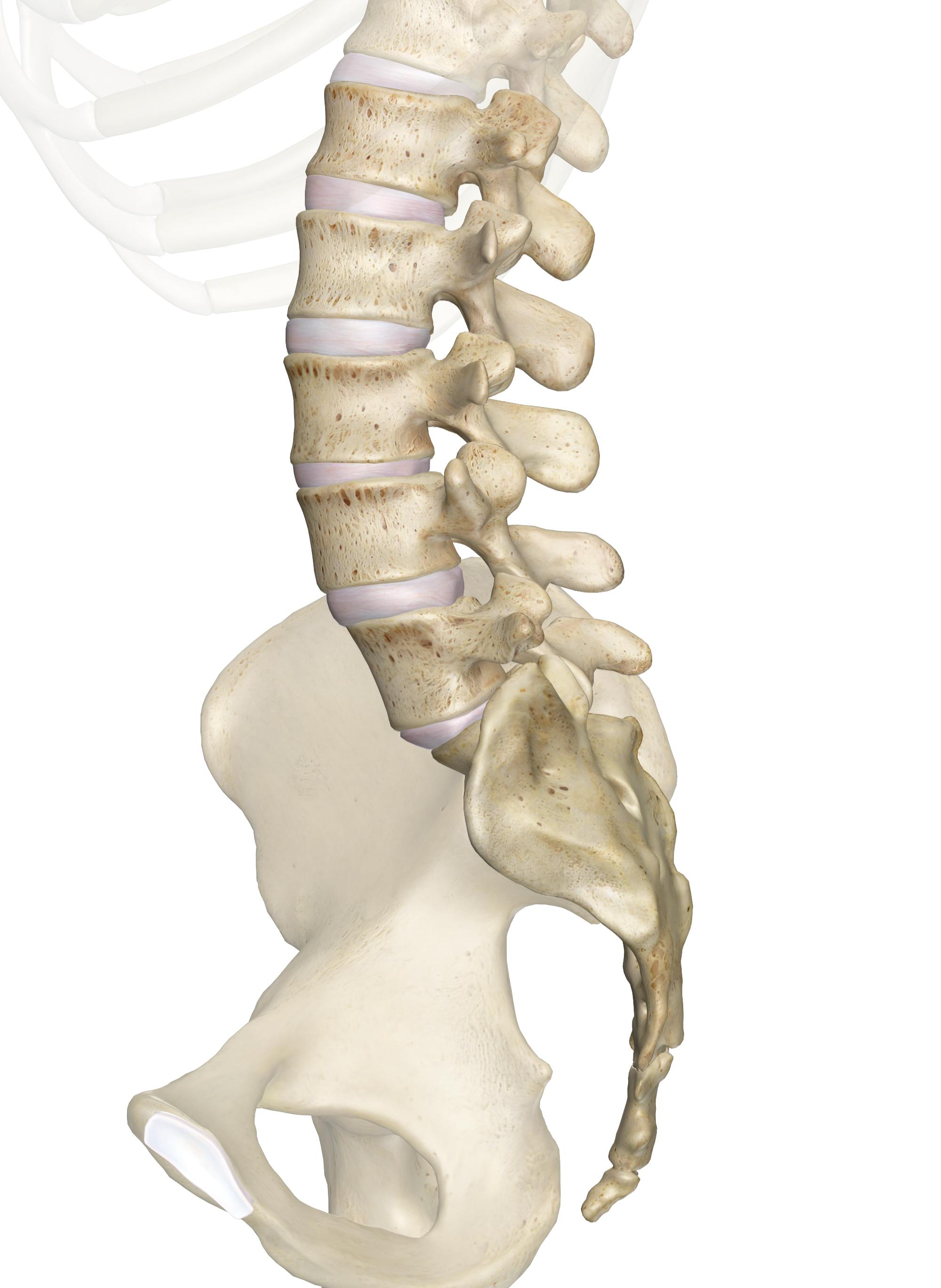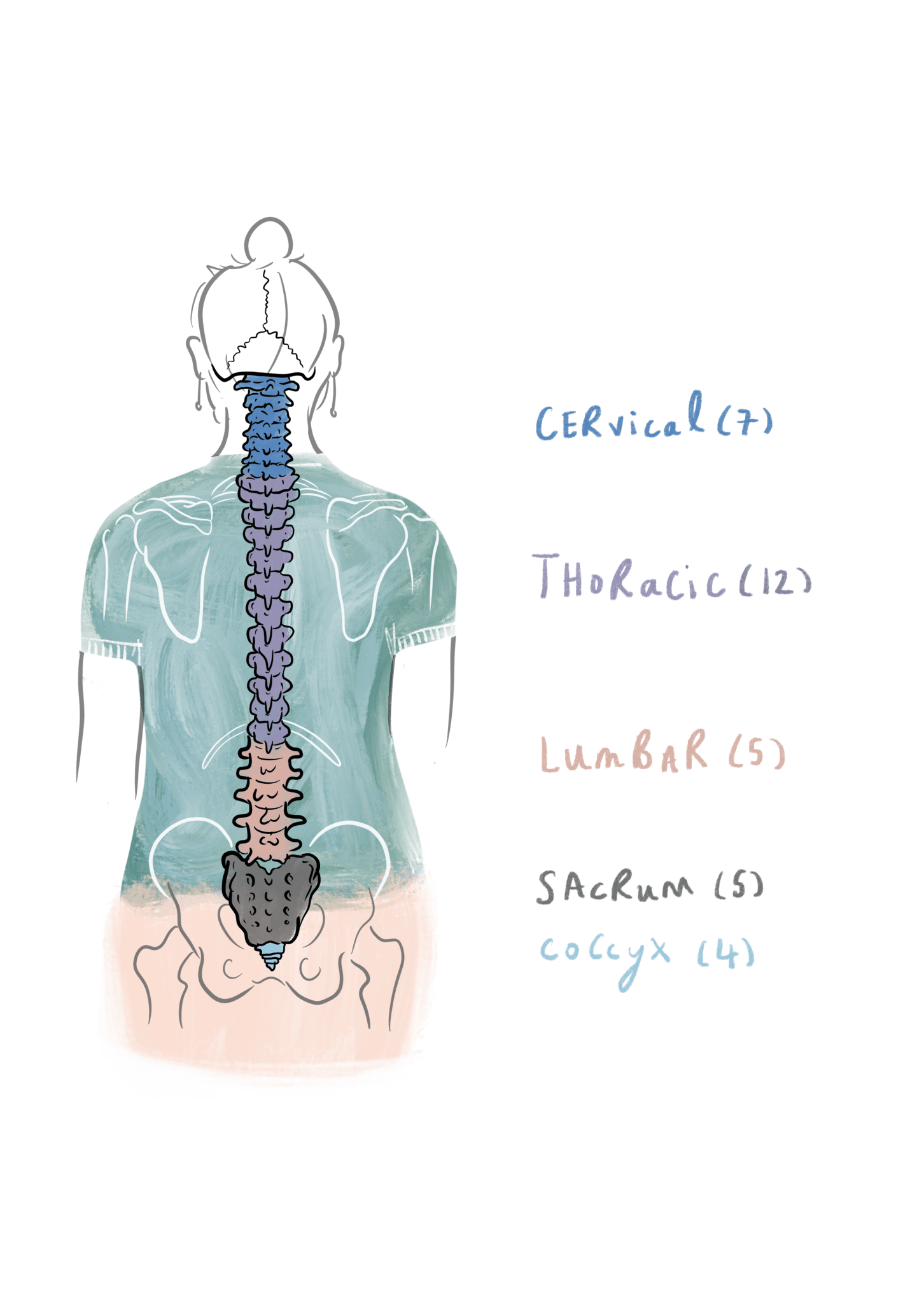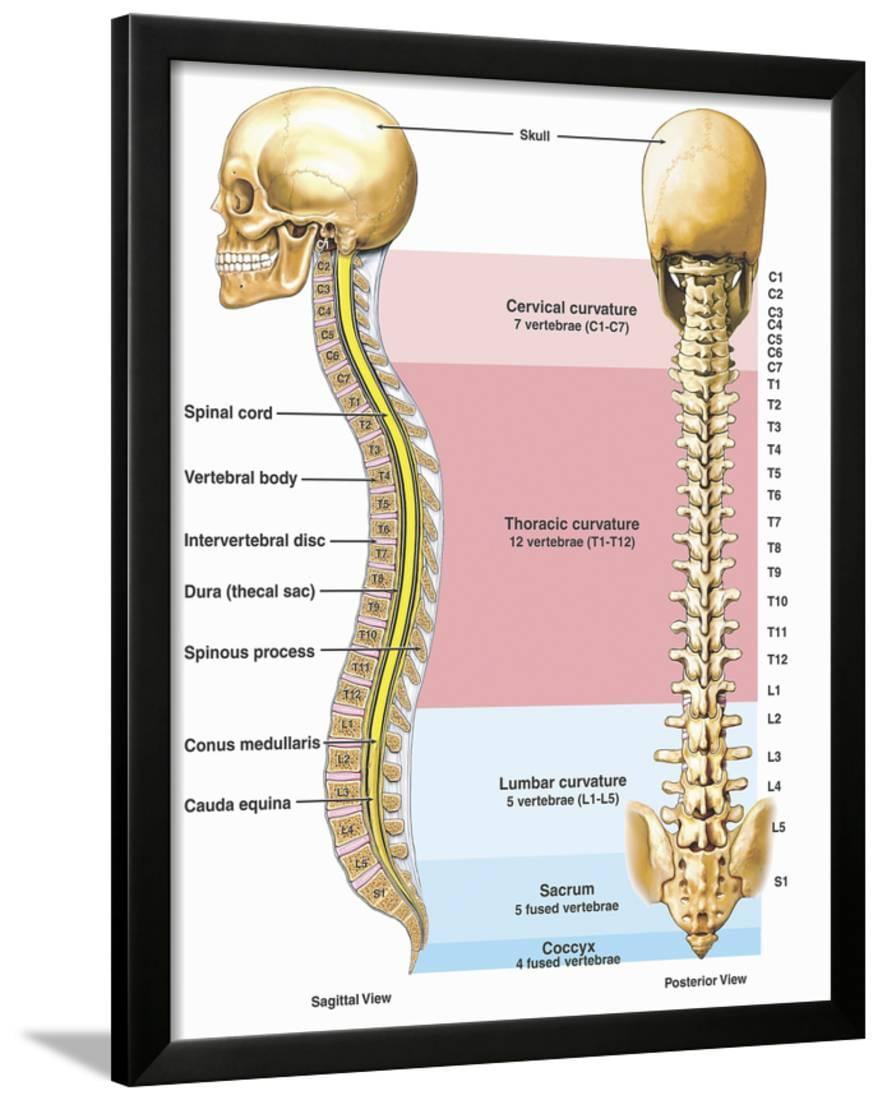

#Spine anatomy trial
TIP: You will also receive access to a free 3-day trial to all premium features of the Complete Anatomy app when you sign up for your 3B Smart Anatomy course.
#Spine anatomy upgrade

Ageing, injury or trauma may cause the annulus fibrosus to tear resulting in protrusion of the nucleus pulposus. There is a soft, gelatinous material in the center (nucleus pulposus) which is encased in strong elastic tissue forming a ring around it called annulus fibrosus. The lumbar intervertebral discs are flat and round, present between the lumbar vertebrae and act as shock absorbers when you walk or run. The intervertebral disc is present at the opening of the foramen. It is through these foramina that the two nerves leave the spine. These joints aid in the free movement of the spine.Īrticular cartilage covers the surfaces of the facet joints to assist in smooth, frictionless movement between the bones in the joint.Ī small tunnel called the neural foramen is present on either side of the vertebra. Two vertebrae are connected to each other through these knobs and form a facet joint. A facet joint is comprised of small, bony knobs arranged along the back of the spine. There are two facet joints present between a pair of vertebrae, one on either side of the spine. The transverse processes in the low back are broader, compared to that in the other areas of the spine, because of the attachment of large back muscles which exert heavy force on them. In addition, large and powerful muscles are found to be attached on or near the lumbar spine to provide extra strength to the lumbar vertebral bodies. The lumbar vertebral bodies are seen to be taller and bulkier than the rest of the spine, as the lower back has to withstand higher pressure due to body weight and other movements such as lifting, pulling, and twisting. In some cases, an extra or sixth lumbar vertebra may be present. The lowest vertebra of the lumbar spine (L5) is connected to the top of the sacrum, which is a triangular bone present at the base of the spine fitting into the two pelvic bones. The lumbar spine is composed of the lower 5 vertebrae, which have been numbered L1–L5. The thoracic spine has an outward curve called kyphosis, whereas the lumbar spine has a slightly inward curve, which is called lordosis. The spine can be divided into 4 parts: cervical, thoracic, lumbar and sacral region. The purpose of the canal is to create a bony casing from the head to the lower back through which the spinal cord passes. The spinal canal is formed by the placement of single vertebral foramina, one on top of the other, to form a canal. The spinous process forms a steeple at the apex of the laminae, and is the part of our spine that is felt directly under the skin.

The transverse processes spread out from the side of the pedicles, like wings, and help to anchor the surrounding muscle to the vertebral arch. The laminae of the vertebra can be described as a pair of flat arched bones that form a component of the vertebral arch. Two strong pedicle bones join the vertebral arch to the body of the vertebrae. The body is cylindrical in shape, strong and stable. The vertebra and discs form the spinal column from the head to the pelvis, giving symmetry and support to the body.Ī single vertebra is made up of two parts, the front portion is called the body and the back portion is referred to as the vertebral or neural arch. It is made up of bony segments called vertebra with fibrous tissue called intervertebral discs between them. The spine, also called the back bone, plays a vital role in stability, smooth movement and protection of the delicate spinal cord. Dr Nitin Bhatia, Spine Surgeon, Spine Surgery, Costa Mesa, Orange County, Newport Beach, Huntington Beach, CA // Patient Info // Spine // Lumbar Spine Anatomy Lumbar Spine Anatomy


 0 kommentar(er)
0 kommentar(er)
